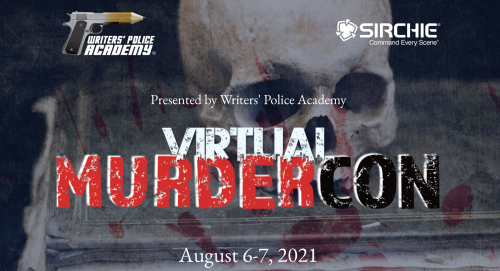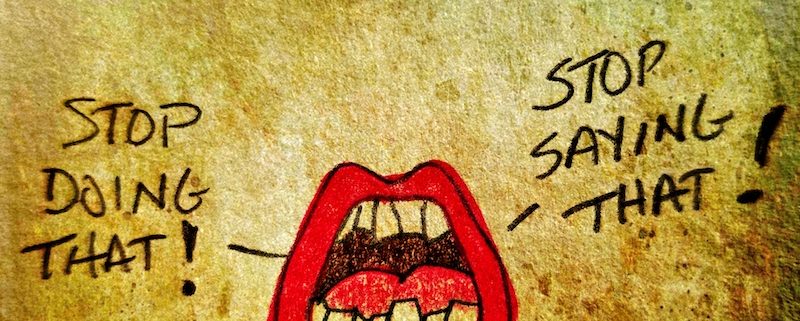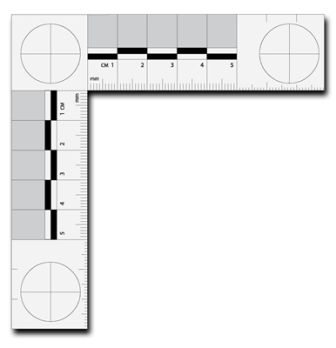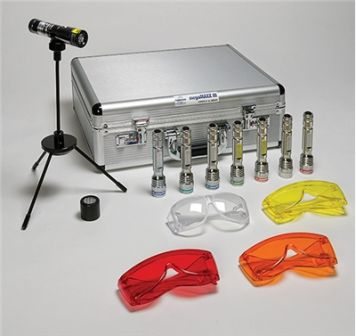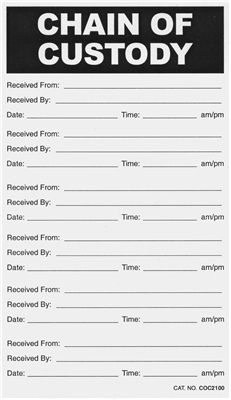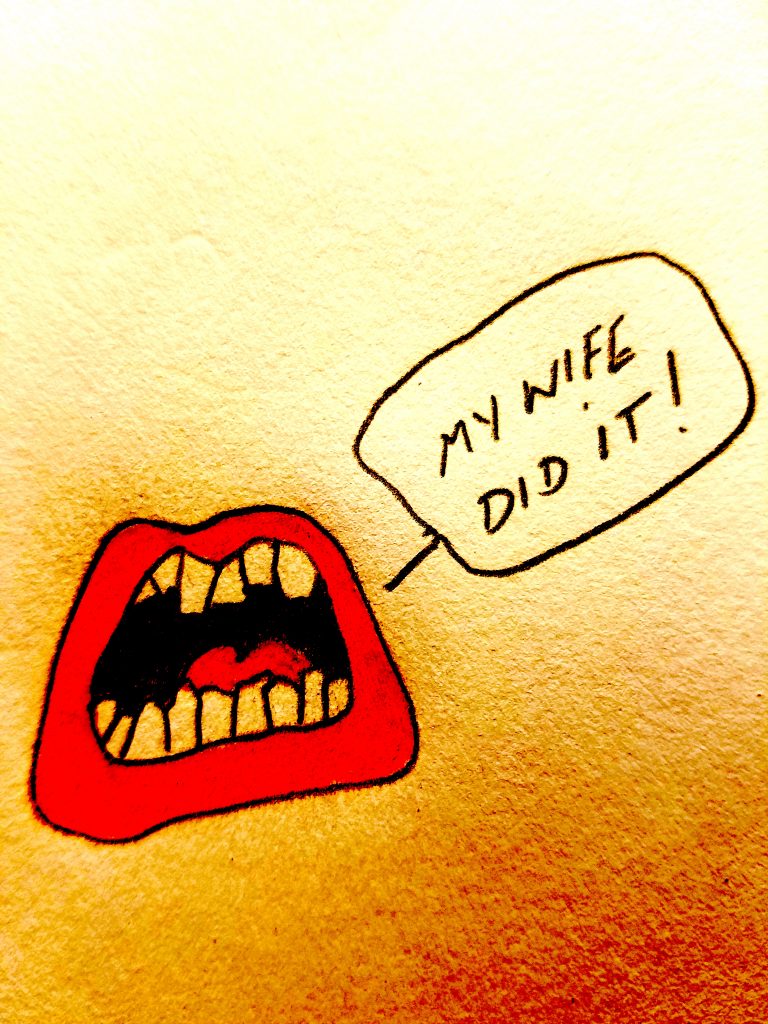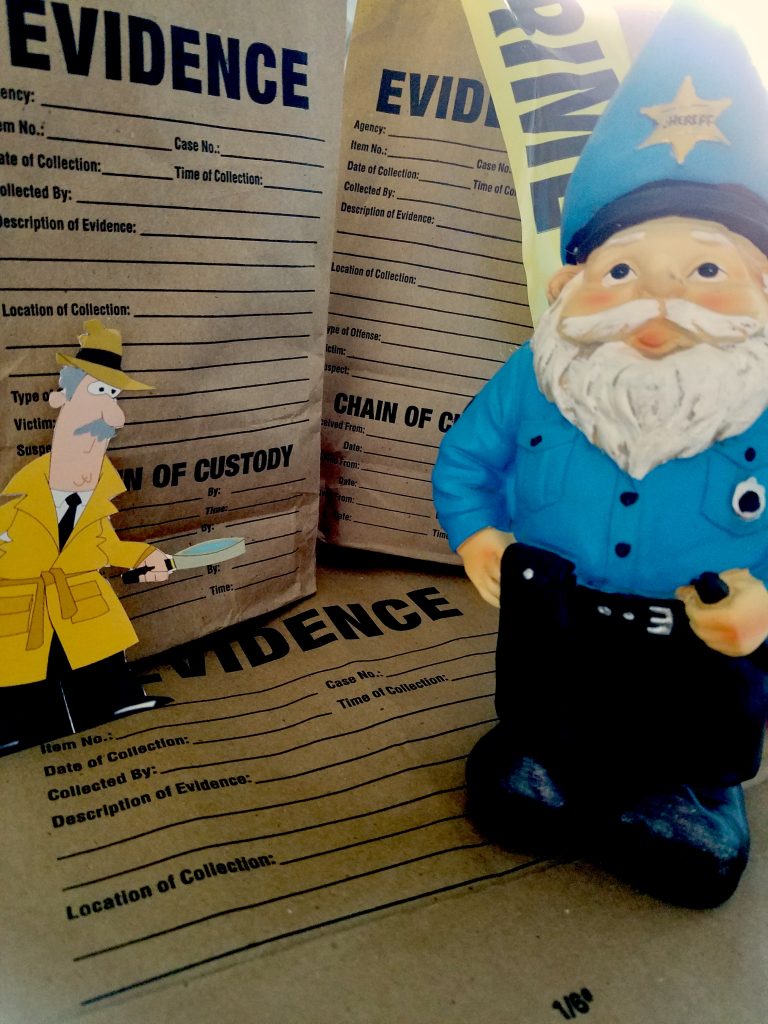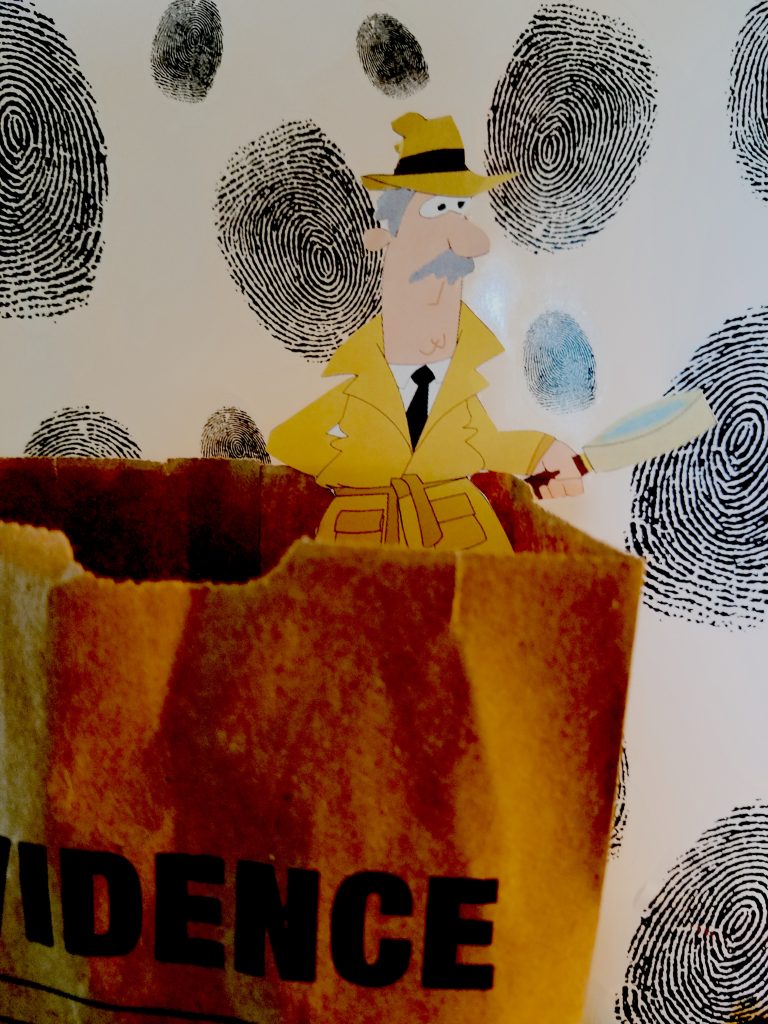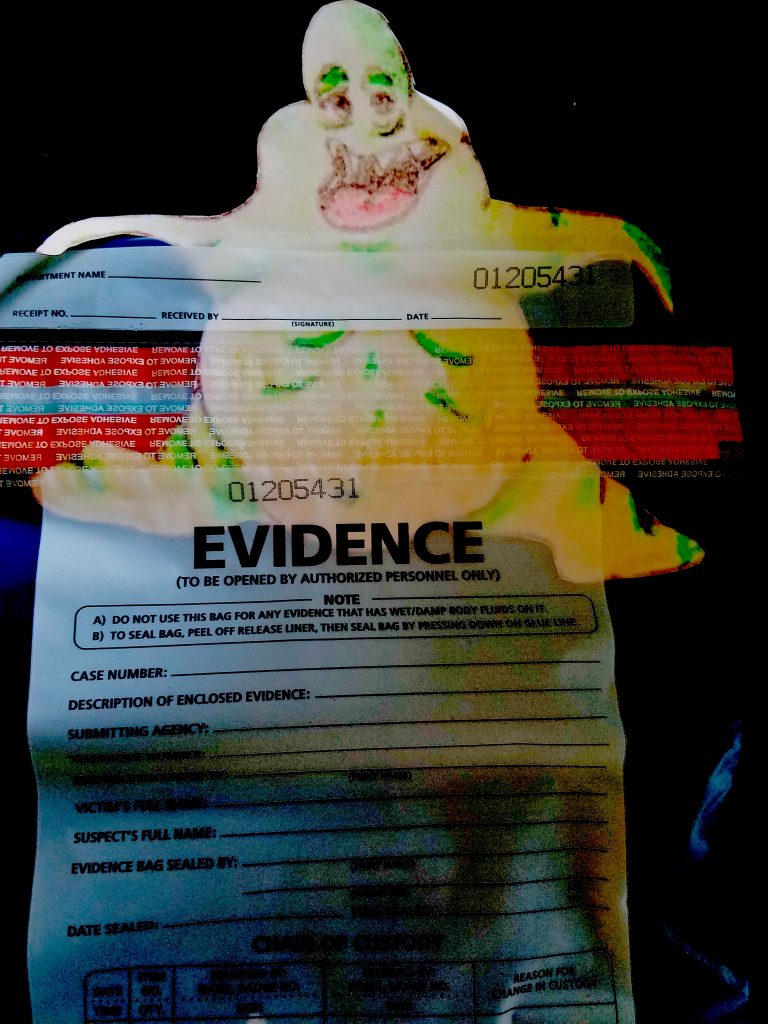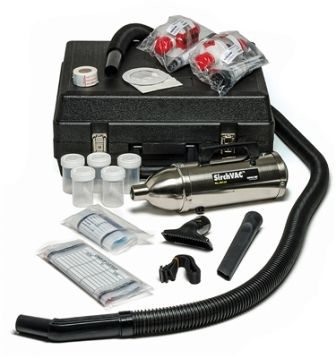The Language of Cops & Crime Scene Investigators
The language of cops and crime scene investigators is certainly something that can be incorporated into works of fiction for an added layer of realism. Of course, the writer’s work shouldn’t read like a law enforcement dictionary, but the use of proper terminology, when appropriate, is definitely a nice touch to any crime novel. Dialog between law enforcement characters is the perfect spot for the use of such terms.
Here are a few terms you may find useful to your works-in-progress.
ABFO scales (often referred to as “scales”): “L” shaped plastic pieces used in crime scene photography. The scales are often marked in millimeters for size comparison(s). Circles, black, white, and gray bars on the scales are there to provide exposure determination, and to assist in distortion compensation. AFBO = American Board of Forensic Odontology.
ALS (Alternate Light Source): Lighting equipment used to enhance/visualize potential evidence.
Case File: Collection of documents pertaining to a specific investigation. The case file specific to a particular homicide investigation is sometimes called the “murder book.”
Case Identifiers: Specific numbers or alphabetic characters assigned to a specific case for the purpose of identification. For example – Case #ABC-123 or #987ZYX
Chase: Empty space inside a wall, floor, or ceiling that’s used for plumbing, electrical, and/or HVAC ductwork. A chase is a common hiding spot for illegal contraband and/or evidence (murder weapons, narcotics, stolen items, etc.).
Chain of Custody: Legal process of documenting the chronological history of pieces of evidence. The documentation includes the signature/initials of each person who at some time or another had possession of a particular piece of evidence. Dates and times of possession are also recorded.
It is not unheard of for each person in “the chain” to be summoned to court to testify that they indeed had possession of a particular piece of evidence at the time documented. And, they’re often asked to explain their purpose of having and handling the evidence.
For example, a laboratory scientist may be in the chain of custody for a suspected marijuana case. Her purpose of possessing the item on, for example, January 12, 2013 was to conduct scientific testing to determine the identity of a green, leafy, plantlike material found inside a wall chase in the bedroom of a suspected drug dealer.
Dying Declaration: Statement about a crime made by a person who is about to die.
Electrostatic Dust Lifter: Device that electrically charges a piece of plastic film that’s placed over a print made in dust (a shoe or palm print, for example), which in turn causes the dust to adhere to the film. The result is a perfectly captured print that’s ready for photographing.

Author Donna Andrews moves in for a closeup shot of an electrostatic dust lifter at the 2012 Writers’ Police Academy.
Gunpowder Particle Test Kit: Used for the collection of gunpowder residue from , for example, hands and clothing.
Latent Print: Print that’s not readily visible to the human eye.
Outsole: The portion of shoes or other footwear that contacts the ground.
Paper Evidence Bags: Used for packaging wet evidence (items containing blood, semen, saliva, etc.). Cardboard boxes and paper envelopes, too. Paper is porous, allowing the material to breathe and not breed harmful bacteria.
Patent Print: A fingerprint that’s easily seen/visible with the naked eye, without the use of powders and/or chemical or other enhancements.
Plastic Evidence Bags – Used for packaging dry evidence. Plastic bags are excellent incubators for bacteria, and bacteria can and does destroy or degrade DNA evidence.
So no wet evidence in plastic bags, unless the goal is to make a home for this guy …
Projectile Trajectory Analysis: The process used to determine the path traveled by a high-speed object (bullets, arrows, etc.).
Trace Evidence: Small bits of evidence, such as fibers, hairs, glass fragments, gunshot residue, etc.
REGISTRATION IS OPEN!
2021 MurderCon takes writers behind the scenes in actual murder cases, including a high-profile case investigated by FBI Special Agent David Alford. Yes, Agent Alford (ret.) is indeed the instructor for this captivating session. Actual crime scene photos and information!
Other classes include forensic botany, entomology, poisons/toxicology, cold cases, and much more.
I strongly urge you to take advantage of this rare opportunity to learn details not typically available for non-law enforcement.
